King Charles III has inherited assets that have propelled his wealth to almost £2bn, according to extensive research and analysis by the Guardian.
The monarch’s personal fortune is largely concealed from public scrutiny and it is impossible to know the complete value of his estate.
However, the Guardian has conducted the first comprehensive audit of the king’s assets, from country piles and diamond-encrusted jewels, to paintings by Monet and Dalí, Rolls-Royces, racehorses and rare stamps.
The research throws into sharp relief the Windsor family’s most valuable financial asset: total immunity from inheritance tax. It has probably allowed Charles to receive his mother’s wealth free of any contribution to the public purse.
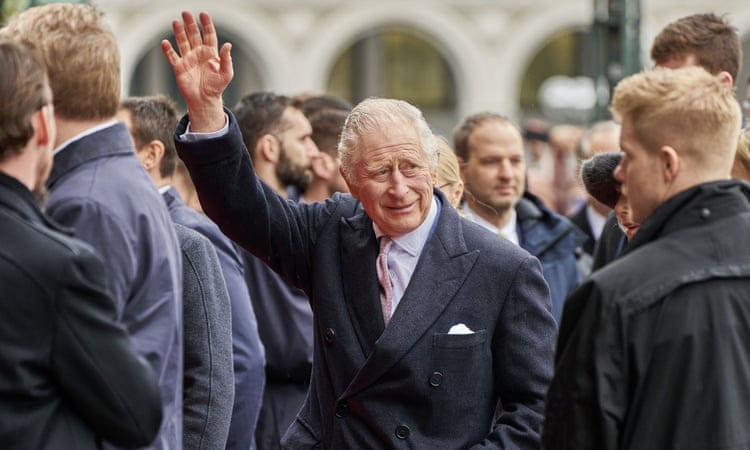
In a statement the king’s spokesperson said: “While we do not comment on private finances, your figures are a highly creative mix of speculation, assumption and inaccuracy.”
Buckingham Palace declined to offer alternative figures; it has a policy of refusing to comment on the personal finances of royals, insisting they should “remain private, as they do for any other individual”.
From official state gifts that have been subsumed into private property, to vast hereditary estates that pay out tens of millions each year, much of the king’s private wealth is derived from his and his family’s public roles as working royals.
All told, Charles’s private wealth is estimated to total £1.815bn. That figure is three times larger than a recent calculation by the Sunday Times, which did not include several of his most valuable assets.
To catalogue the king’s holdings, a team of Guardian reporters worked with 12 experts who are experienced at valuing land, property, vehicles, art and jewellery. For more opaque assets, such as the king’s investments in shares and stocks, we drew on the best available clues to make informed estimates.
Wealth on four wheels
The difficulty in disentangling public from private wealth is illustrated by the Windsors’ fleet of Rolls-Royces, Bentleys and Jaguars. The Guardian identified 23 vehicles at the Royal Mews at Buckingham Palace and Sandringham, the king’s private estate in Norfolk.
Some royal cars are privately owned or loaned to the Windsors by manufacturers. Others are held by the sovereign “in right of the crown”, which means they are not private property but held by the monarch on behalf of the nation.
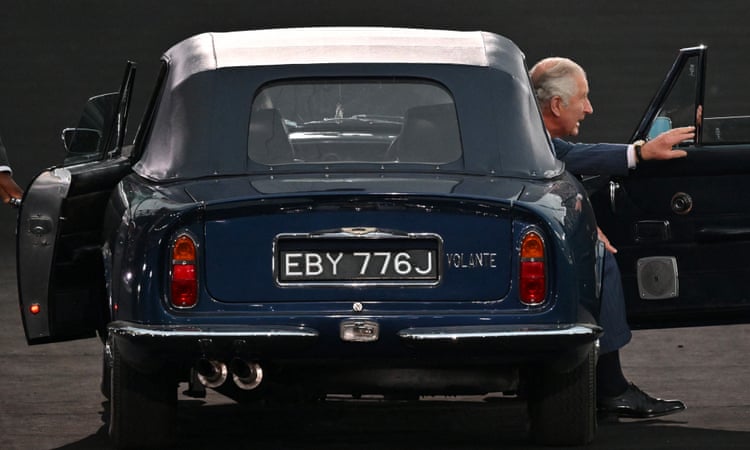
Confusing matters further, vehicles designated “state cars” are sometimes used privately, such as when Princess Eugenie, who has never been a working royal, arrived at her wedding in a “state” 1977 Rolls-Royce Phantom VI worth £1.3m.
The palace refused repeated invitations to explain which cars Charles holds for the benefit of the nation and which are privately owned. A conservative calculation, based on expert estimates, of those cars that can safely be assumed to be private, suggests they are worth £6.3m.
Private property worth £330m
King Charles has no shortage of palaces, castles and residences to enjoy, but most of them are not technically his. Buckingham Palace and Kensington Palace are, for example, owned by the sovereign in right of the crown.
However, Charles has inherited from his mother two rural estates that are among his most valuable assets. The first is Balmoral, bought as a Scottish Highlands bolthole by Queen Victoria’s husband, Albert, in 1852.
It has served as a Windsor family retreat for over 150 years; the family were there after the sudden death of Diana, Princess of Wales in 1997 and it was also the place where, following her short illness, the queen died in September last year.
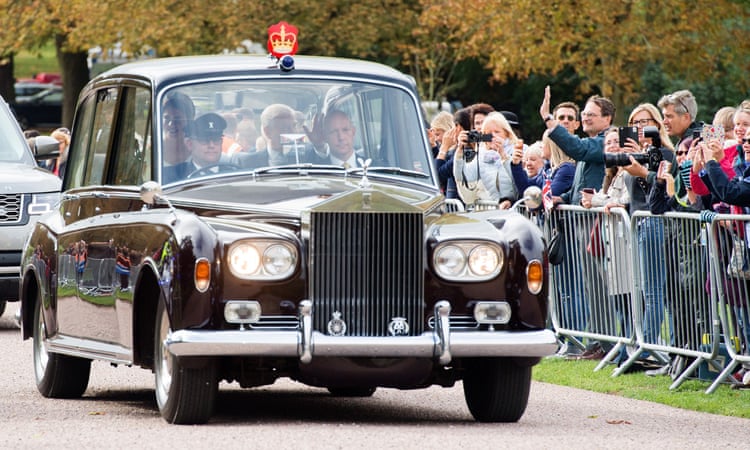
The estate comprises not only Balmoral Castle but also 21,725 hectares (53,684 acres) of land, including a nearby grouse moor. Considering its potential for forestry, farming, grouse shooting, deer stalking and renewable energy generation, the estate was valued, with the help of an expert, at £80m.
Even more valuable is the sprawling Sandringham estate in Norfolk, bought in 1862 by Victoria for her son. Described at the time as “very ugly” and surrounded by “6,000 acres of sand”, it bled cash for decades. That changed when the king’s father, Prince Philip, embarked upon a merciless cost-cutting exercise.
The family has since put extensive efforts into monetising the estate; in addition to the manor itself, which tourists can visit for £23, Sandringham has hundreds of rental properties, 6,400 hectares of farmland and commercial lets.
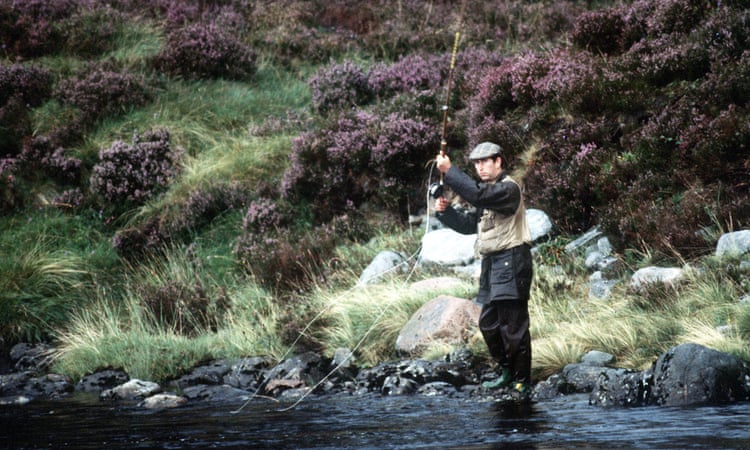
With the help of specialists we valued Sandringham conservatively at £250m, taking the total for Scottish and English land and property to £330m.
Charles will have paid no inheritance tax on Balmoral or Sandringham because of a highly preferential agreement his mother reached in 1993 with the Conservative government of the then prime minister, John Major.
Under the deal, the queen agreed to “voluntarily” pay tax on her private income. But Major allowed bequests between monarchs an exemption from inheritance tax, incentivising the Windsors to funnel all their wealth through the line of succession.
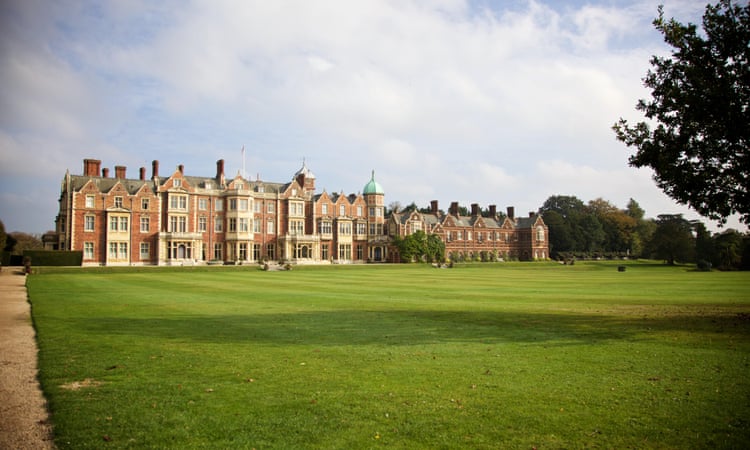
That has greatly enriched the king, though to the considerable detriment of his siblings, Princess Anne, Prince Edward and Prince Andrew, who is reportedly “in despair” that he has not received what he believes he is owed.
Who owns gifts given to royal family members?
An enthusiastic owner and breeder of racehorses, the queen invested untold amounts of time, effort and personal wealth in pursuing what she once described as “a simple philosophy” to breed “a horse faster than other people’s”.
The legacy of that lifelong pursuit is about 70 thoroughbreds at various stages of racing and breeding careers, some kept at the Royal Stud at Sandringham. Their total estimated value is at least £27m.
Charles has begun liquidating his equine assets; since his mother’s death, he has earned £2.3m from selling horses at auction, including some given to the queen by the Emir of Dubai and the Aga Khan. The palace indicated it regards them as “personal” rather than official gifts.
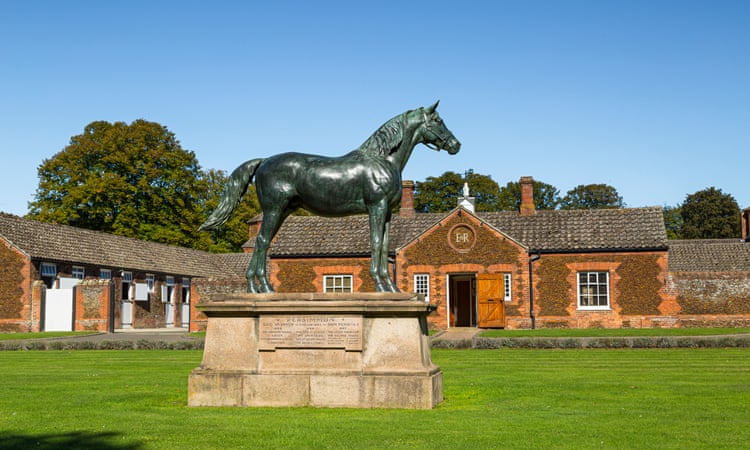
It did not make the same claim about two official gifts, from Canada and Laos, that have been subsumed into the royal family’s private stamp collection.
The royal philatelic collection is considered the best stamp collection in the world, and contains hundreds of thousands of stamps, some of which were harvested by Charles’s great-grandfather, George V, from the British Post Office and colonies.
The extremely limited access the public has to the collection adds to the complexity in trying to value it. But the consensus among four experts we consulted was that it is worth at least £100m.
The palace’s gift policy distinguishes between “official gifts”, which are generally those received in the course of formal duties and functions, and “personal gifts”, from people known personally to royals. The Windsor dynasty is barred from treating official gifts as their private property.
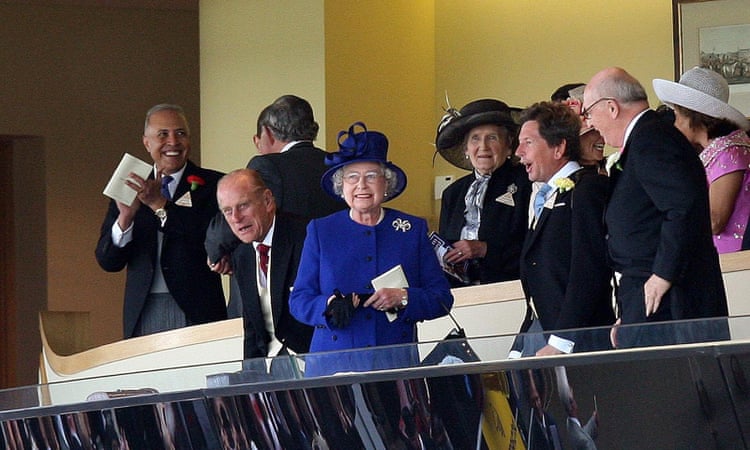
The policy adds: “In all cases, and particularly on official overseas trips, organisations and individuals should be discouraged from offering extravagant gifts, ie gifts of high monetary value.”
But it stays silent on the vexed question of what should be done with official gifts received before the rules were introduced in 1995.
In addition to horses and stamps, these include numerous expensive artworks received by the family on foreign trips that have since turned up in their private collections. Among them are pieces by Marc Chagall and Salvador Dalí that were given to Prince Philip.
Both Philip and the king’s grandmother, the queen mother, were avid collectors of art and purchased many pieces at bargain prices that would, if sold today, realise many times the original price tag.
They include a Monet bought by the queen mother in Paris shortly after the second world war, when prices were low, for £2,000. An art valuer estimated it could now be worth £20m.
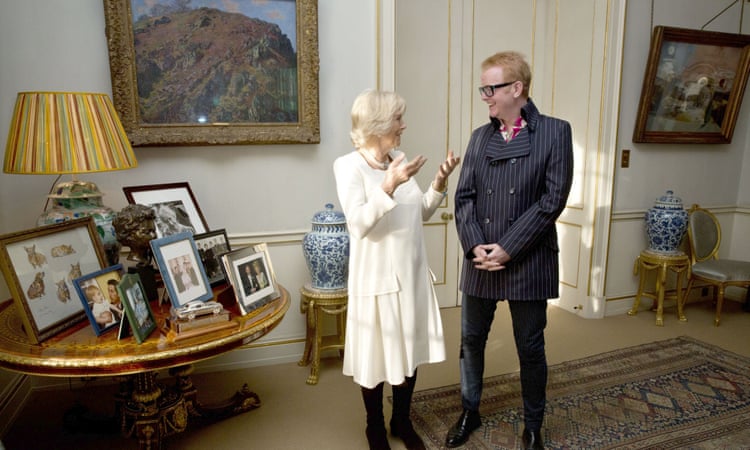
We enlisted the help of three art valuers to estimate 60 of the most significant works on a list of almost 400 pieces that have been exhibited in “private” or “personal” royal collections. The total value was £24m.
That figure is likely to be a significant underestimate given that it is based on a valuation of only a sample of royal artworks, which are among thousands believed to be in the Windsors’ private collection.
The figure also does not take into account the “premium” some buyers might pay for items previously owned by British royals. Applying such a premium to artworks was considered too difficult. However, it is indisputably the case that an object’s value at auction can increase dramatically because of its royal provenance.
Private jewels
That phenomenon is most pronounced when it comes to the Windsors’ private collection of precious gems and jewellery. Queen Mary, Elizabeth II’s grandmother, was mesmerised by jewellery and acquired the bulk of what now constitutes the royal family’s private collection.
Several of the best-known items were valued in 1989 by the jewellery expert Laurence Krashes for a book by the journalist Andrew Morton. The Guardian secured valuations of several additional pieces from the private jewellery merchant Sara Abey.
However, none of those valuations account for any markup that jewels previously owned or worn by the Windsors would inevitably attract. Morton speculated that the premium would multiply their inherent value tenfold. Seventeen years later, there was a real-world precedent suggesting that was an underestimate.
In 2006 an auction of jewellery belonging to Princess Margaret resulted in items fetching an average of 18 times more than their upper estimate. Part of the proceeds had to be diverted to charity after it emerged that some of the items were official gifts.
The auction revealed just how much some buyers would pay for necklaces and brooches once worn or owned by the Windsors.
For the sake of caution, we opted for Morton’s more conservative premium of 10 times the intrinsic value. That gives 54 privately owned jewels a value of £533m.
Investments
No aspect of the Windsor family’s wealth is more secret than its shares and investments, making it impossible to value the assets with any certainty. For decades royal investments were concealed by a shell company that, archives reveal, was created in order to shelter the queen’s “embarrassing” private wealth from public scrutiny. But there are some clues about the size of their shareholdings.
In 1993 journalists at the Times scoured the share registers of FTSE 100 companies to find their holdings, reporting that around £43m of them were believed to be held by the monarch. If those funds remained invested in FTSE 100 companies, the same investments would be worth £118m today.
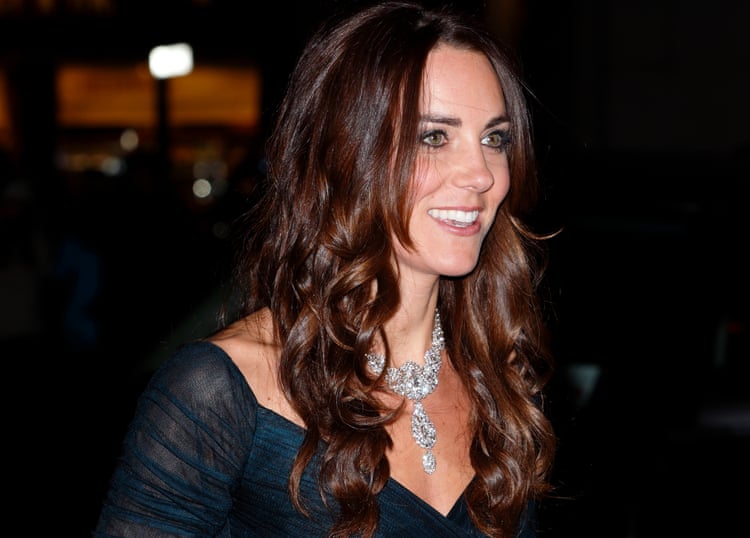
The monarch and heir to the throne also receive tens of millions of pounds in “private income” annually from hereditary estates. Had they saved at the same rate as the average British household, and invested the money in FTSE 100 firms, the king and his mother would have accrued an extra £58m between them.
Deducting £17m for the reported divorce payment Charles made to Diana in 1996, we estimate the family’s total share wealth to be £142m.
That, too, is likely to be a significant underestimate given it is based on what the average British household saved from its income – approximately 9% in recent decades. Rich people such as the royals have considerably more disposable cash and, as a result, tend to put much more in investments.
One adviser who specialises in handling the financial affairs of the super-rich, said he would expect a family with the finances of the Windsors to be investing 50% of their income.
The Duchy of Lancaster
That the king has such a reliable source of supplementary “private” income can be explained by the real cash cow in his portfolio. The Duchy of Lancaster, a land and property estate that is run as a profitable business, provides whoever sits on the throne with lucrative annual payments of around £20m a year.
The inclusion of the estate in a tally of the king’s private fortune will be contentious among republicans, who have long argued it should be a public asset.
Created by royal charter hundreds of years ago, the estate has for centuries been the subject of a heated debate about whether its profits should be paid to the Treasury. Instead, it is passed down through successive monarchs, who are restricted from selling off the assets for cash.
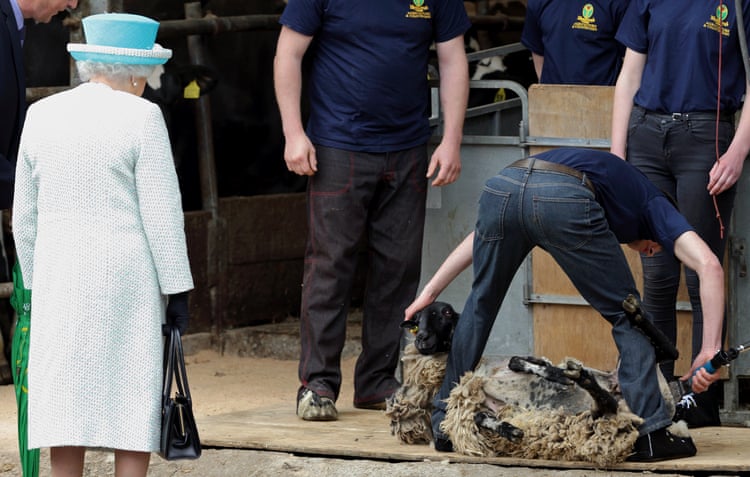
The palace calls the duchy a “a private estate held in trust for the sovereign” although it is an entity like no other.
The arcane model is somewhat analogous to offshore trusts that create the appearance of distance between an asset and its true owner. But the duchy’s financial intricacies cannot mask the fact that it only has one beneficial owner.
Search for Duchy of Lancaster subsidiaries in the corporate register and the person of significant control is listed as “his majesty the king”. To all intents and purposes, the duchy functions as a private asset of the monarch: in the five years leading up to her death it paid the late queen £109m. Its accounts declare assets of £653m, bringing the tally of Charles’s wealth to £1.8bn.
Source: theguardian.com